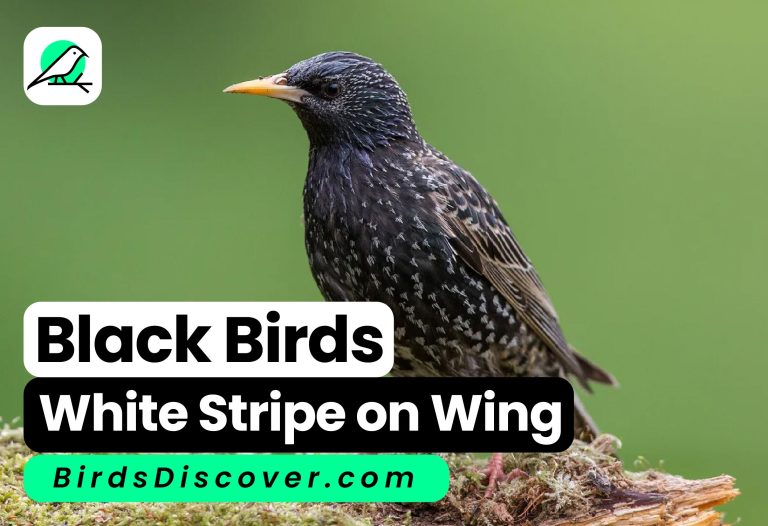Blue Australorps: Everything You Need to Know

Blue Australorps
Blue Australorps is a stunning and versatile breed of chicken that has captured the hearts of poultry enthusiasts around the world. Known for its striking blue plumage and docile temperament, this breed is a favorite among backyard chicken keepers and commercial farmers alike. In this comprehensive guide, we will explore the origins, characteristics, care, and advantages of raising Blue Australorps, ensuring you have all the information you need to make informed decisions about this remarkable breed.
| Attribute | Details |
|---|---|
| Origin | Australia |
| Color | Blue with black and green sheen Distinctive coloration; desirable in poultry shows. |
| Egg Production | Approx. 200-250 eggs per year Consistent layers, ideal for home egg production. |
| Temperament | Calm and friendly Good with children and other animals. |
| Size | Medium to large |
| Lifespan | 5-10 years |
| Special Notes | Excellent foragers Great for natural pest control and grass management. |
1. The Origins of the Blue Australorp
History and Development
The Australorp breed originated in Australia in the early 20th century, specifically developed from the Black Orpington. Breeders aimed to create a hardy bird with excellent egg-laying capabilities. The introduction of the blue variant came later, thanks to selective breeding that emphasized desirable traits while introducing the unique blue coloration.
Cultural Significance
Blue Australorps have become a staple in poultry exhibitions, where their beauty and performance are showcased. Their adaptability and productive qualities have made them a popular choice for both commercial operations and hobby farms. For more on the breed’s history, check out the American Poultry Association.
2. Physical Characteristics of Blue Australorps
Color and Plumage
The Blue Australorp is characterized by its beautiful slate-blue feathers that shimmer in the sunlight. This unique color is a result of a specific gene that dilutes the black coloration found in traditional Australorps.
Size and Build
On average, Blue Australorps weigh between 5.5 to 8 pounds. They have a sturdy, well-proportioned body with a broad breast, making them a dual-purpose breed suitable for both egg production and meat.
Distinct Features
These birds typically have a single comb and dark eyes, along with blue-gray legs. Their feather structure is both soft and dense, providing excellent insulation.
3. Temperament and Behavior
General Temperament
Blue Australorps are known for their friendly and calm nature. They are generally good with children and other pets, making them ideal for family farms.
Social Behavior
These birds are social creatures that thrive in a flock environment. They are not aggressive, allowing them to coexist peacefully with other breeds.
Ideal Living Conditions
Blue Australorps do well in various climates but prefer a spacious coop with adequate ventilation. Providing at least 4 square feet of space per bird in the coop is recommended.
4. Egg Production
Egg-Laying Capabilities
Blue Australorps are prolific layers, producing approximately 250 to 300 eggs per year. They are known for their consistent laying patterns, even during colder months.
Egg Characteristics
The eggs are medium to large in size, typically brown in color, and have a rich flavor. Many farmers note that the eggs have a higher yolk-to-white ratio, enhancing their taste in culinary applications.
Comparative Analysis
When compared to other popular breeds, such as Rhode Island Reds or Leghorns, Blue Australorps hold their own in egg production, making them a reliable choice for egg enthusiasts.
5. Care and Maintenance
Feeding Requirements
A balanced diet is crucial for maintaining the health of your Blue Australorps. They thrive on a high-quality layer feed that includes essential nutrients, vitamins, and minerals. Supplementing their diet with fresh fruits, vegetables, and grains can enhance their well-being.
Health Considerations
Common health issues include respiratory problems and parasites. Regular health checks and vaccinations, such as the Marek’s disease vaccine, can help prevent these issues. For more information on poultry health, refer to PoultryDVM.
Housing and Environment
Provide a clean, dry, and spacious coop with nesting boxes and perches. Regularly clean the coop to prevent diseases. Deep litter systems can be beneficial for managing waste and maintaining a comfortable environment.
6. Breeding Blue Australorps
Breeding Overview
Breeding Blue Australorps involves selecting individuals that exhibit desirable traits, including color, size, and temperament.
Selecting Breeding Pairs
Choose healthy, mature birds for breeding. Look for traits that you want to enhance, such as egg production or feather quality. A good practice is to maintain genetic diversity to avoid inbreeding.
Understanding Genetics
The genetics of feather color in Australorps can be complex. Blue Australorps can produce both blue and black offspring, depending on the genetics of the breeding pair. Understanding these principles is key for breeders.
7. Advantages of Raising Blue Australorps
Dual-Purpose Benefits
Blue Australorps are excellent for both egg production and meat. Their flavorful meat and high egg yield make them a practical choice for homesteaders.
Adaptability
These birds adapt well to different environments, whether in a small backyard or a larger farm. Their hardiness makes them suitable for various climates, from hot summers to chilly winters.
Low Maintenance
Due to their robust nature and friendly demeanor, Blue Australorps require relatively low maintenance, making them an ideal choice for beginner poultry keepers.
8. Common Misconceptions About Blue Australorps
Debunking Myths
Some may think that Blue Australorps are less productive than their black counterparts. However, they are just as prolific in egg-laying and provide excellent meat quality.
Real vs. Perceived Challenges
While some breeds may require more specialized care, Blue Australorps are hardy and easy to manage, making them suitable for a variety of owners.
Conclusion
Blue Australorps are a remarkable breed, offering beauty, productivity, and a friendly nature. Their adaptability and low maintenance make them an excellent choice for both novice and experienced poultry keepers. If you’re considering adding chickens to your homestead, the Blue Australorp should be high on your list.
FAQS
What are Blue Australorps?
Answer:
Blue Australorps are a color variation of the Australorp breed, originally developed in Australia from Black Orpingtons. They are known for their striking slate-blue plumage, friendly temperament, and excellent egg-laying capabilities. Blue Australorps typically produce around 250 to 300 large brown eggs per year, making them popular among both backyard and commercial poultry keepers.
How do Blue Australorps compare to other chicken breeds in terms of temperament?
Answer:
Blue Australorps are renowned for their calm and friendly nature. They are generally docile, making them great companions and suitable for families, including those with children. Unlike some more aggressive breeds, Blue Australorps tend to get along well with other chickens and can adapt easily to various social environments.
What kind of care do Blue Australorps require?
Answer:
Caring for Blue Australorps involves providing a balanced diet, clean water, and a safe, spacious coop with proper ventilation. They thrive on high-quality layer feed, along with access to fresh fruits and vegetables. Regular health checks, vaccinations, and preventative care, such as worming and monitoring for parasites, are essential to keep them healthy.
Are Blue Australorps good for beginners?
Answer:
Yes, Blue Australorps are an excellent choice for beginner poultry keepers. Their friendly disposition and hardiness make them easy to handle and care for. They adapt well to various environments and are relatively low-maintenance, making them ideal for those new to raising chickens.
Can Blue Australorps be kept in colder climates?
Answer:
Yes, Blue Australorps can adapt to colder climates due to their dense feathering, which provides good insulation. However, it’s important to ensure they have a properly insulated coop that protects them from harsh weather conditions and drafts. Providing ample bedding and ensuring access to fresh water that doesn’t freeze is also crucial during the winter months.







